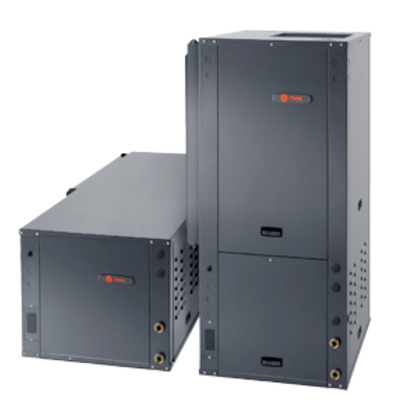The Environmental Protection Agency has declared that geothermal systems are the most efficient way to heat and cool your home. This is important because most of the money spent on energy goes towards household heating and cooling. A good geothermal system can save you a considerable amount of money in heating and cooling costs and even reduce the need for heating and cooling water used for washing or bathing.
A Brief History
Mankind has been deriving benefits from natural hot springs and other such places since the Paleolithic era. The first geothermal heating system was utilized in Idaho as early as 1895. With the invention of the heat pump in 1852 and the first downhole heat exchanger in 1930, the roots of today’s geothermal systems were well-established. The first geothermal heat pump was successfully implemented in 1940 and the first residential heat pump was put into service in 1948.
How It Works
A geothermal system does not use any fossil fuels or utilize electricity the same way most energy systems do. The system functions in the same manner as a large scale heat pump. It uses one of several configurations, and warms your home in winter by drawing in the earth’s heat, and cools it in summer by pushing the heat back into the earth. This is done by circulating fluid through the earth via a coil that puts out or dissipates heat depending on the climate.
Four Configurations
The four configurations for a geothermal system are: Horizontal Loop, Vertical Loop, Open Loop, and Pond Loop. Depending on your needs, your system dealer will determine which configuration will work right for you.
Horizontal Loops and Vertical Loops
In a Horizontal Loop system, when there is enough space around the system, the heat transfer tubes will extend out instead of down. The holes for this system can be from 50 to 500 feet deep. Sinking the heat transfer tubes straight down in a Vertical Loop system will work best for a system in a limited amount of space. The heat transfer tubes can be extended as far down as six feet under the surface.

Open Loops and Pond Loops
In an open loop geothermal system, the system utilizes existing groundwater to transfer heat. In the pond loop configuration, the system uses a nearby pond or lake for the heat transfer. Both of these methods expel heat or absorb heat from the groundwater or a nearby pond.
Economic and Environmental Benefits
The economic and environmental benefits of a geothermal system are many. The system is very efficient, using one dollar of electricity for every four dollars of heat it exudes. Geothermal systems rely on the heat naturally generated from the earth and is very environmentally friendly. It will also keep your home at a very comfortable temperature all year round.
Another economic benefit is a tax credit of 30%, which is available through 2016 through the IRS, saving the consumer even more money. Some utilities also offer lower rates for geothermal customers.
Michael Crothers, Pure Air Conditioning, Naples, FL.



